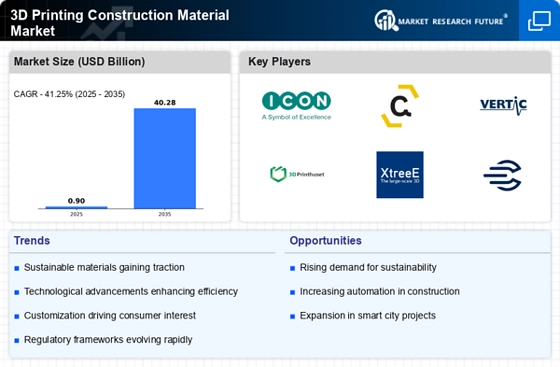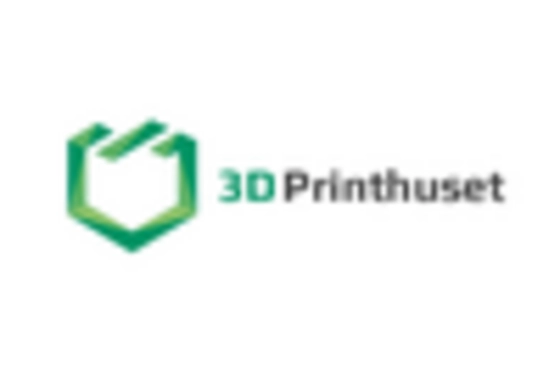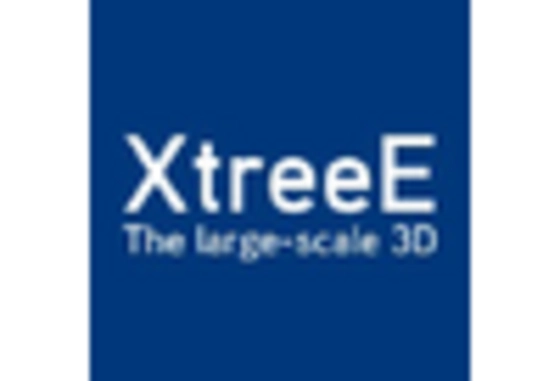Cost Efficiency
Cost efficiency remains a pivotal driver in the 3D Printing Construction Material Market. The technology enables significant reductions in labor and material costs, as it streamlines the construction process. By utilizing 3D printing, companies can produce complex structures with less manpower and fewer resources. Studies suggest that construction costs could decrease by up to 40% when employing 3D printing techniques. This financial advantage is particularly appealing to developers and contractors who are under pressure to deliver projects within budget constraints. As the technology matures, the cost of 3D printing materials is expected to decline, further enhancing its attractiveness in the construction sector.
Regulatory Support
Regulatory support is emerging as a crucial driver in the 3D Printing Construction Material Market. Governments are beginning to recognize the potential of 3D printing to address housing shortages and promote sustainable building practices. As a result, various initiatives and policies are being introduced to facilitate the adoption of 3D printing technologies in construction. For instance, some regions are implementing building codes that accommodate 3D printed structures, thereby encouraging investment in this sector. The potential for regulatory frameworks to evolve in favor of 3D printing could lead to a market expansion, with projections suggesting a 15% increase in adoption rates over the next few years.
Customization Capabilities
The ability to customize designs is a notable driver in the 3D Printing Construction Material Market. Unlike traditional construction methods, 3D printing allows for the creation of bespoke structures tailored to specific client needs. This flexibility can lead to innovative architectural designs that were previously unattainable. The market for customized construction solutions is projected to grow, with estimates suggesting a potential increase of 25% in demand for personalized building materials over the next few years. As architects and builders embrace this technology, the 3D Printing Construction Material Market is likely to expand, catering to a clientele that values uniqueness and individuality in their projects.
Sustainability Initiatives
The 3D Printing Construction Material Market is increasingly influenced by sustainability initiatives. As environmental concerns rise, construction companies are seeking materials that minimize waste and reduce carbon footprints. 3D printing technology allows for precise material usage, which can lead to a reduction in excess waste. Moreover, the ability to utilize recycled materials in 3D printing processes aligns with the growing demand for eco-friendly construction practices. Reports indicate that the adoption of sustainable materials in construction could potentially increase by 30% over the next five years, further driving the 3D Printing Construction Material Market. This shift not only addresses environmental issues but also appeals to consumers who prioritize sustainability in their purchasing decisions.
Technological Advancements
Technological advancements are a driving force in the 3D Printing Construction Material Market. Continuous innovations in printing technology, materials science, and software development are enhancing the capabilities of 3D printing in construction. New materials, such as bio-based composites and advanced polymers, are being developed to improve the strength and durability of printed structures. Furthermore, advancements in printing speed and precision are making 3D printing a more viable option for large-scale construction projects. Industry forecasts indicate that the market for advanced 3D printing technologies could grow by 20% annually, reflecting the increasing integration of these innovations into mainstream construction practices.
















Leave a Comment